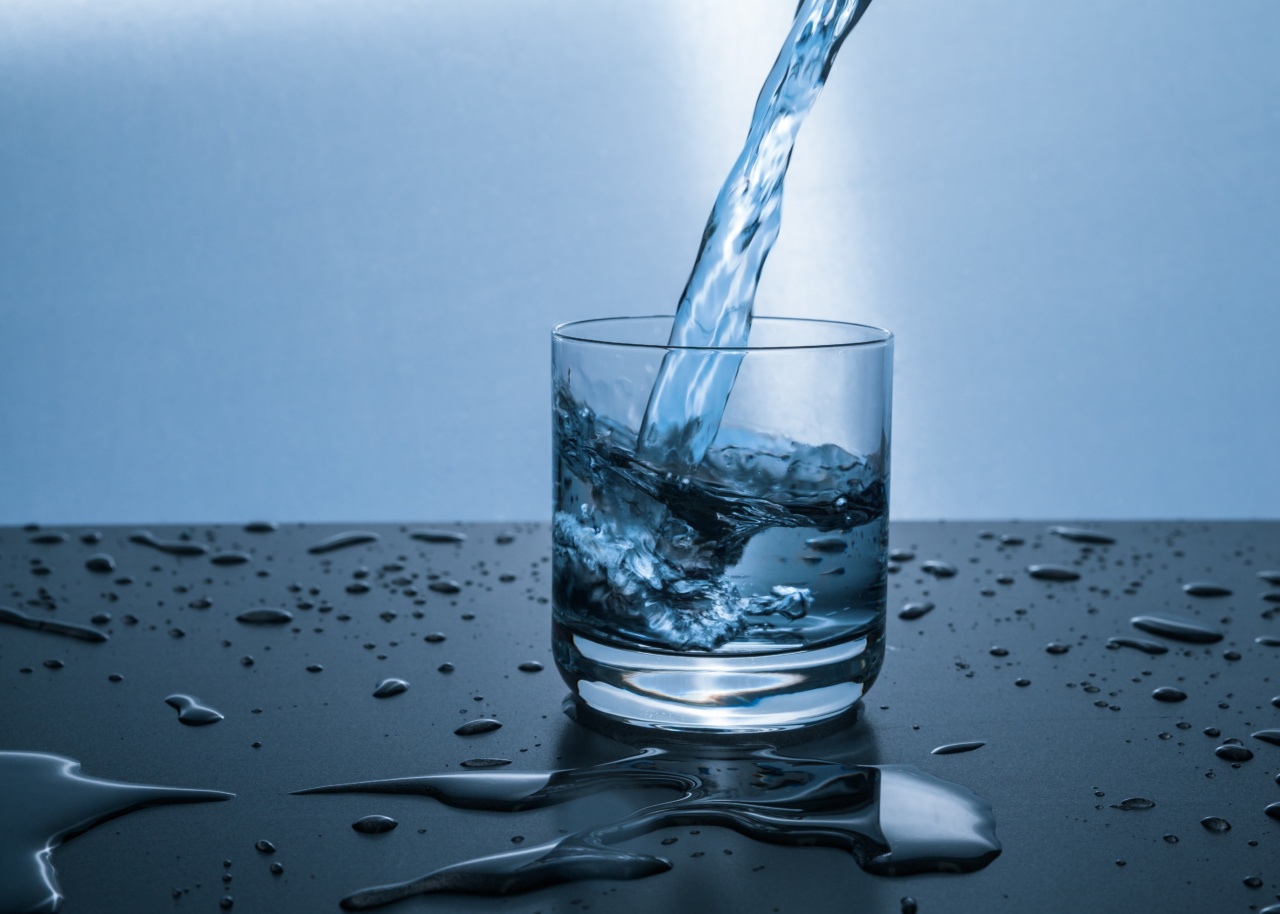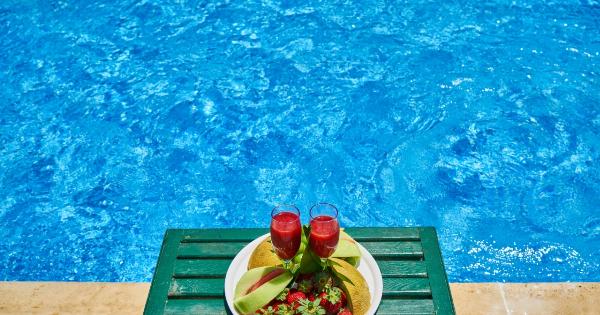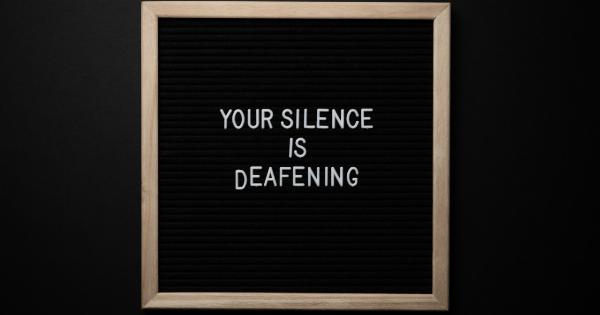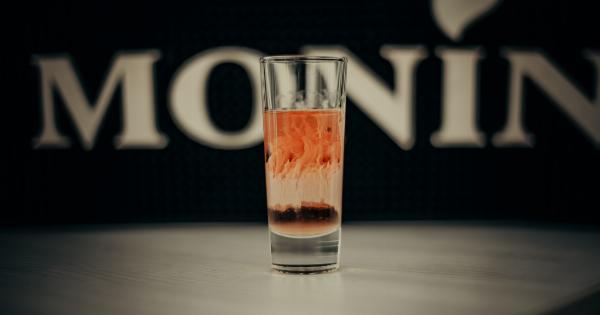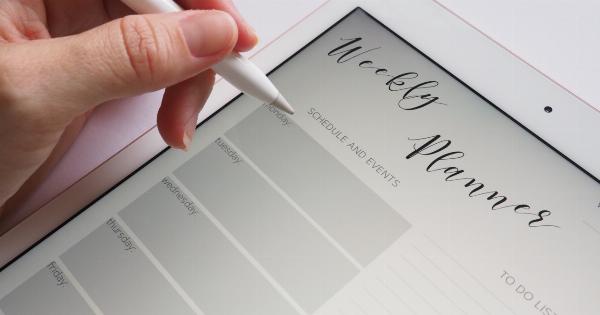Water is essential for our overall health and well-being. It plays a vital role in maintaining our bodily functions, regulating our body temperature, and flushing out toxins.
But how much water should you actually be drinking? The answer to this question depends on various factors such as your age, sex, physical activity levels, and climate. In this article, we will explore some hydration hacks and help you calculate your daily water intake.
Why Is Staying Hydrated Important?
Before we dive into the calculations, let’s understand why staying hydrated is so important. Proper hydration is crucial for maintaining the balance of bodily fluids.
It helps transport nutrients to cells and aids in digestion, circulation, and temperature regulation. Water also lubricates the joints and acts as a cushion for sensitive tissues such as the spinal cord.
Dehydration can have negative effects on our body and mind. Mild dehydration can cause symptoms such as headaches, dizziness, and fatigue.
If left untreated, it can lead to more severe complications like kidney stones, urinary tract infections, and even heatstroke in extreme cases.
Calculating Your Water Intake
Now that we understand the importance of hydration, let’s look at how to calculate your daily water intake. Keep in mind that these calculations are approximate and may vary depending on individual factors.
Step 1: Consider Your Baseline
The first step is establishing your baseline water intake.
According to the National Academies of Sciences, Engineering, and Medicine, the average recommended daily water intake for men is approximately 3.7 liters (or about 13 cups) and for women is about 2.7 liters (or about 9 cups). These recommendations include fluids from both beverages and food sources.
It’s important to note that these recommendations are based on average needs and may not be sufficient for everyone. Factors such as physical activity, climate, and certain medical conditions may require you to consume more water.
Step 2: Adjust for Physical Activity
If you engage in moderate to intense physical activity, you’ll need to adjust your water intake accordingly. Sweating during exercise leads to fluid loss, which must be replenished to stay properly hydrated.
As a general guideline, aim to drink an additional 1.5 to 2.5 cups of water for every hour of physical activity.
Keep in mind that this is a rough estimate and may vary depending on individual factors such as intensity, duration, and body weight. It’s always a good idea to listen to your body and drink water whenever you feel thirsty during exercise.
Step 3: Account for Climate
The climate you live in can also impact your water requirements. In hot and humid climates, you tend to sweat more, leading to a higher risk of dehydration.
Increase your water intake by an additional 1.5 to 2.5 cups to compensate for the fluid loss caused by excessive sweating.
On the other hand, if you live in a colder climate, you may not feel as thirsty as you would in a warmer environment. However, it’s important to stay hydrated regardless of the temperature.
Aim to drink at least 8 cups of water each day, even if you don’t feel as thirsty.
Step 4: Consider Your Body Weight
Another factor to consider when calculating your water intake is your body weight. As a general guideline, you should aim to drink half an ounce to one ounce of water per pound of body weight.
For example, if you weigh 150 pounds, you should try to consume between 75 to 150 ounces (or approximately 2.2 to 4.4 liters) of water per day.
Keep in mind that this calculation is a rough estimate and may not account for individual variations. It’s always best to consult with a healthcare professional if you have specific concerns or questions about your water intake.
Step 5: Listen to Your Body
While calculations and guidelines are helpful, it’s essential to listen to your body’s signals. Thirst is a clear indicator that you need to hydrate, but in some cases, you may be mildly dehydrated even without feeling thirsty.
Other symptoms of dehydration include dark yellow urine, dry mouth, fatigue, and lightheadedness. If you experience any of these symptoms, reach for a glass of water and drink up!.
Hydration Hacks and Tips
Now that you have a better understanding of how to calculate your water intake, let’s explore some hydration hacks and tips to help you stay properly hydrated:.
1. Carry a Reusable Water Bottle
Invest in a reusable water bottle that you can carry with you throughout the day. Having water readily available makes it easier to stay hydrated, especially when you’re on the go.
2. Set Reminders
If you find it challenging to remember to drink water, set reminders on your phone or use apps that prompt you to take regular sips throughout the day.
3. Infuse Your Water
If plain water doesn’t excite you, try infusing it with fruits, herbs, or even a splash of lemon or lime juice. Infused water can add flavor and make drinking water more enjoyable.
4. Eat Hydrating Foods
Stay hydrated by consuming foods with high water content, such as watermelon, cucumber, celery, and strawberries. These foods can contribute to your overall water intake.
5. Sip Water with Meals
Make it a habit to drink water with your meals. Not only does it help with digestion, but it also ensures you’re consuming water throughout the day.
6. Monitor Your Urine Color
Keep an eye on the color of your urine. If it’s light yellow or clear, it’s a good indication that you’re adequately hydrated. Dark yellow urine may signal dehydration.
7. Drink Before, During, and After Exercise
Before exercising, drink approximately 16 to 20 ounces of water. During your workout, sip on water every 15 to 20 minutes, and post-exercise, replenish your fluid levels by drinking more water.
8. Limit Caffeine and Alcohol Intake
Both caffeine and alcohol can contribute to dehydration. While moderate consumption is generally fine, limit your intake and balance it out with additional water.
9. Make Water Easily Accessible
Place water jugs or pitchers in prominent places such as your desk, kitchen counter, or dining table. When water is within reach, you’re more likely to drink it throughout the day.
10. Use a Water Tracking App
If you enjoy using technology, download a water tracking app that allows you to log your water intake and monitor your progress.
Conclusion
Staying properly hydrated is crucial for overall health and well-being. By calculating your water intake and following these hydration hacks, you can ensure that you’re getting enough fluids to support your bodily functions.
Remember to listen to your body’s signals and make drinking water a daily habit. Cheers to staying hydrated!.
